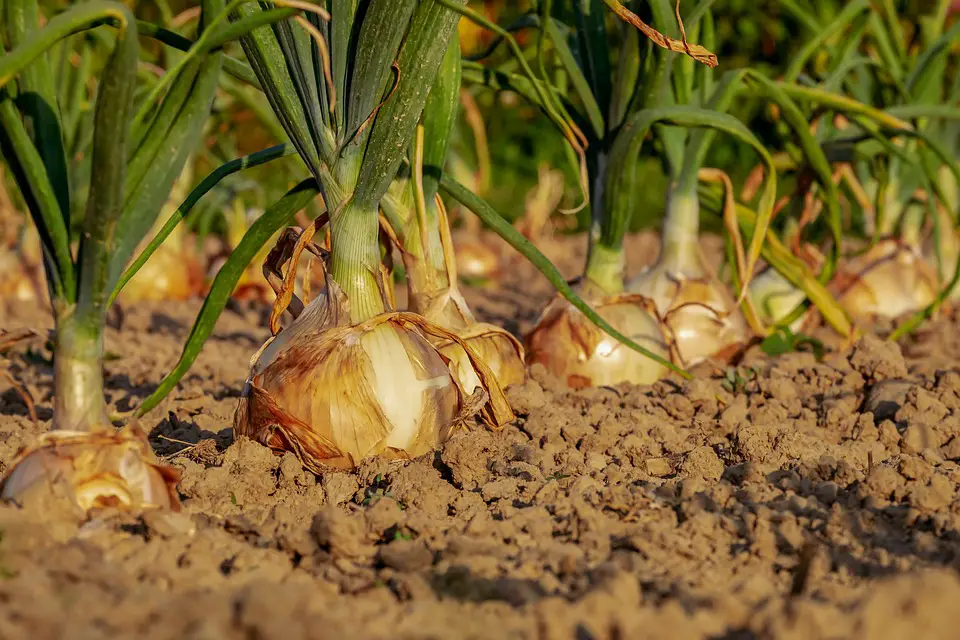Urban vegetable growers often face the challenge of limited space for gardening. Fortunately, vertical gardening provides a solution to maximize space and grow a variety of vegetables in a small area. In this blog post, we will explore space-saving techniques for vertical gardening that can help urban growers produce a bountiful harvest right in their own backyard or balcony.
The Benefits of Vertical Gardening
Vertical gardening offers several benefits for urban vegetable growers. Some of the key advantages include:
- Maximizing space utilization
- Improving air circulation and sunlight exposure for plants
- Reducing the risk of pests and diseases
- Enhancing the aesthetic appeal of outdoor spaces
Vertical Gardening Techniques
There are several space-saving techniques that can be employed in vertical gardening. Some popular methods include:
- Wall-mounted planters
- Hanging baskets
- Trellises and arbors
- Vertical towers and stacking planters
Vertical Gardening Tips
When implementing vertical gardening techniques, it is important to keep the following tips in mind:
- Choose lightweight and durable materials for vertical structures
- Ensure adequate support for plants to prevent them from toppling over
- Regularly water and fertilize plants to promote healthy growth
Vertical Gardening Ideas
Here are some creative ideas for incorporating vertical gardening into your urban vegetable growing space:
| Vertical Garden Idea | Description |
|---|---|
| Herb Spiral | A spiral-shaped garden that allows for growing a variety of herbs in a small area |
| Living Wall | A vertical structure covered in plants that adds greenery to outdoor spaces |
| Vertical Salad Garden | A tower garden filled with lettuce, tomatoes, and other salad ingredients |
Conclusion
Vertical gardening is a practical and space-saving technique that can benefit urban vegetable growers looking to maximize their gardening space. By utilizing vertical structures and following proper gardening practices, growers can enjoy a bountiful harvest of fresh vegetables right at their doorstep.
Frequently Asked Questions
1. Is vertical gardening suitable for all types of vegetables?
Vertical gardening can be used to grow a wide variety of vegetables, but some plants may require more space and support than others. It is important to choose plants that are well-suited for vertical growing conditions.
2. How can I ensure adequate water and nutrient supply for plants in vertical gardens?
Installing a drip irrigation system or using self-watering planters can help ensure that plants receive an adequate supply of water and nutrients in vertical gardens.
3. Can vertical gardening be done indoors?
Yes, vertical gardening can be adapted for indoor spaces using grow lights or natural light sources to provide plants with sufficient sunlight for healthy growth.
4. Are there any special considerations for maintaining vertical gardens?
Regular pruning, monitoring for pests and diseases, and providing support for plants as they grow are important considerations for maintaining vertical gardens.
5. How can I maximize the space in my vertical garden?
Using stacking planters, wall-mounted planters, and trellises can help maximize space in a vertical garden by allowing plants to grow upwards rather than outwards.
6. What are the best vegetables to grow in vertical gardens?
Vegetables such as tomatoes, cucumbers, peppers, and leafy greens like lettuce and spinach are well-suited for vertical gardening due to their climbing nature or compact growth habits.
7. How do I protect vertical gardens from strong winds or inclement weather?
Installing windbreaks or using sturdy vertical structures can help protect vertical gardens from strong winds or inclement weather conditions that may damage plants.
8. Is vertical gardening suitable for beginners?
Vertical gardening can be a great option for beginners as it requires minimal space and can be easily adapted to suit different skill levels and growing preferences.
9. Can vertical gardens attract pests or wildlife?
While vertical gardens may attract pests or wildlife like birds or insects, proper pest management practices and deterrents can help protect plants from damage.
10. How can I get started with vertical gardening?
To get started with vertical gardening, consider your available space, sunlight exposure, and desired vegetables to grow. Choose appropriate vertical structures and planters, and follow proper gardening practices to ensure success in your vertical garden.
